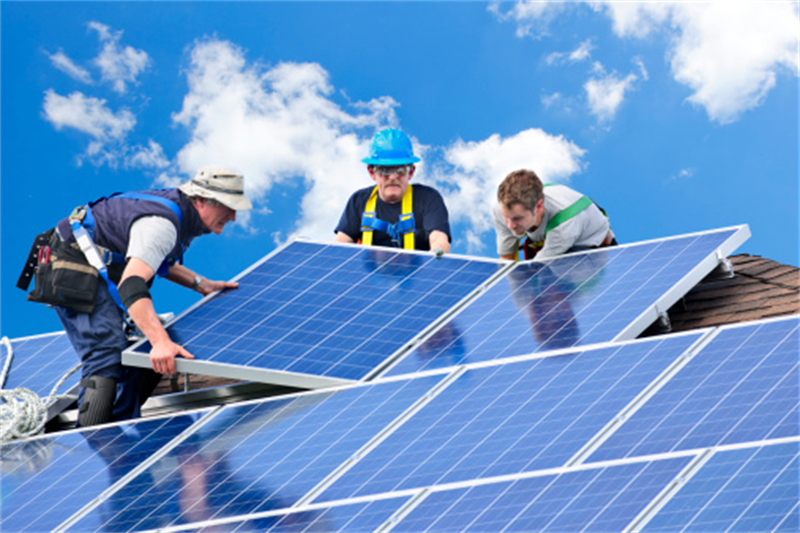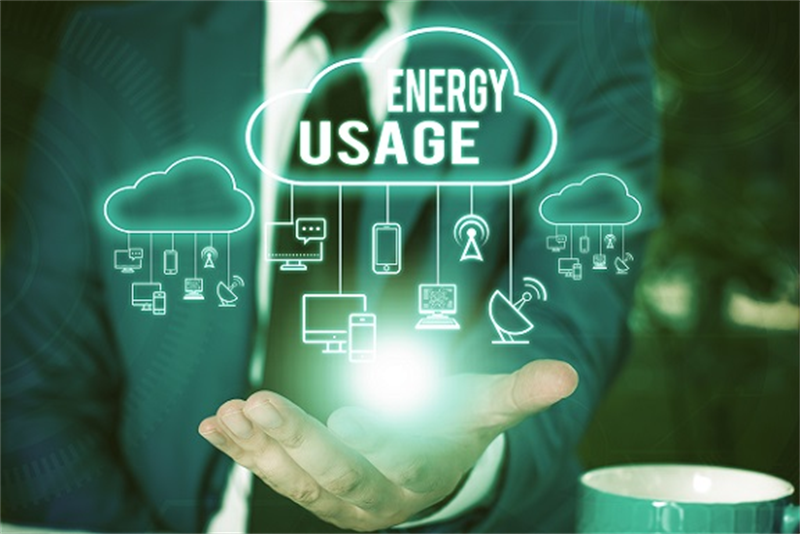How to prepare your home for solar battery installation?

When looking to create a truly energy efficient and independent home, solar panels are just one part of the equation. Just as important as the power generation capabilities of a solar panel system are the benefits of a battery storage system. Whether it’s the ability to generate and use your own power during an outage or store energy for usage during expensive peak hours, there are a number of important capabilities granted by the addition of a battery storage system.
No matter the reason: When you decide to install battery storage, you unlock the true potential of your renewable home energy system. However, not every home ,even those with solar panels already installed ,is prepared for a battery installation.
If you already have rooftop panels or if you’re planning to install them, here’s how to ensure your home and system are ready to add battery storage when you want to.
FIND THE RIGHT LOCATION
Some batteries are rated for indoor use only, which means they perform best when they’re inside and sheltered from the elements. If it operates outside, it can affect how quickly the battery charges and discharges.

Before buying a battery, ensure you have a suitable indoor location for it. This might be a garage or an insulated shed.
Note: Depending on the construction of your garage and garage door, it can be about 10 to 12 degrees warmer in there than the outdoor temperature. If that’s not enough to keep the device in the ideal operating range, you can also place the battery system inside your house.
The good news: They’re not noisy, so they won’t disturb you! Bear in mind that batteries are large, so you will need to set aside a dedicated space, ideally downstairs and on the floor.
INSTALL YOUR SOLAR PANEL SYSTEM WITH BATTERY STORAGE IN MIND
For some homeowners, investing in solar and battery storage is too much of a financial commitment to take on at the same time. But you don’t have to make the investment all at once. If you are considering a solar panel installation ahead of a battery installation, be sure to let your installer know this is a possibility, as it can affect how they choose to install and wire your panels. Doing this work up front won’t have an affect on the efficacy of your panels, but it could save you money and time down the line when you decide to install your battery system, too.

UNDERSTAND YOUR ENERGY USAGE
A common misconception among homeowners is that a single battery storage unit can back-up the whole home in the event of a power failure. While this is possible, you will likely need more batteries to achieve this, which can make the cost of the installation go up accordingly.
Instead, many homeowners buy just one or two batteries and then select which of their appliances are the most essential to keep running during an outage. The first step to help you decide which appliances to back-up is understanding your daily energy usage patterns. You can do this by reviewing your energy bills to identify peaks and troughs in your consumption.

Choose Your Essential Loads
Once you understand your energy usage patterns, you can consider which appliances and equipment you need your battery to keep running during a power failure and therefore, those which will form your backed-up or essential loads.
By way of guidance, essential loads typically include your internet, mobile devices, lighting and core appliances, such as your refrigerator and coffee machine. If you have a second battery, you could also consider including your heating or air conditioning system.

IMPLEMENT ENERGY SAVING MEASURES
You can make stored energy from batteries last for longer by ensuring your home appliances are as efficient as possible. A good place to start is by walking through your home and finding things that are easy to upgrade. For example, switching to LED lightbulbs or replacing older appliances with more efficient, newer models that are Energy Star rated. Energy Star appliances have to meet strict government-backed energy efficiency criteria and can help you save up to $450 every year on your electric bill.
RESEARCH INCENTIVES
There are several federal and state incentives available to help homeowners offset some of the costs of installing a solar and solar-plus-storage system. One of the most generous is the federal Investment Tax Credit that allows homeowners to deduct 26 percent of the total costs of a solar and storage system from federal taxes, provided the battery is charged exclusively from on-site renewables. For a typical residential solar-plus-storage system, this can trim your investment by as much as $3,000 to $5,000. In addition to the federal ITC, many states offer their own incentives. Take a look at this database of state incentives.

REVIEW YOUR ENERGY BILLS
Before investing in solar panels, with or without a battery, it’s worth digging out your energy bills to understand what pricing plan you’re on. That’s because there are some utility pricing models where solar and solar-plus-storage can really help you save money. For example, many utilities are starting to charge customers time-of-use rates, which means you pay more or less for your electricity depending on demand.
If you’re on a TOU plan, solar-plus-storage allows you to keep your bills down by enabling you to switch from grid electricity to your stored energy during times of peak demand and higher prices.
By taking these simple measures to prepare your home for solar-plus-storage you can save time and money further down the line.
OUR RECOMMENDATION
Basen 48V 100Ah supports max 4P connection to reach up to 20.48kWh (20.48kW), perfect for solar home systems, power outages, off-grid living, etc.
Curious about making your home more energy efficient and less dependent on the power grid? Talk to a Basen solar and storage expert and get all your questions answered now.

















.png)
